Several decades ago, the concept of computer viruses was more akin to an urban legend than a genuine threat. However, the scenario has transformed dramatically over time. Currently, harmful executable programs are a significant threat to various entities ranging from governments, multinational corporations, small businesses, and even individual computer users. These viruses created by diverse individuals such as skilled hackers, enthusiastic novices, and even children, are types of malware that reproduces by implanting copies of themselves into other computer programs, data files, or the hard drive’s boot sector when executed. Viruses frequently perform damaging actions on the infected systems, such as usurping hard disk space or CPU time, accessing confidential information, corrupting data, showcasing political or humorous messages on the user’s screen, spamming their contacts, logging their keystrokes, or even rendering the computer inoperable. Without a doubt, computer viruses are immense nuisances and can lead to severe aftermaths. Arm and educate yourself about these harmful bugs with these 25 intriguing facts on computer viruses. Every individual in the world is susceptible to a computer virus attack, regardless of the potency of their antivirus software. Hence, the more informed you are, the better you can safeguard yourself.

The very first computer virus was the Creeper Virus that was detected on ARPANET, the forerunner of the Internet, in the early 1970s. It was an experimental self-replicating program written by Bob Thomas at BBN Technologies in 1971.
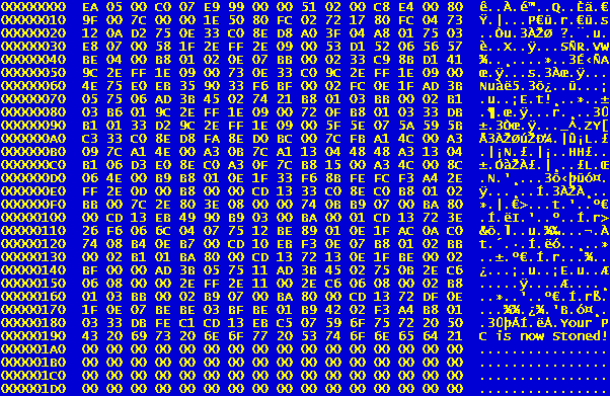 Source and image: en.wikipedia.org
Source and image: en.wikipedia.org Currently, there are three basic categories of malicious software threats: viruses, worms, and Trojan horses. While the behavior of them differs, they are all built from the same basic instructions and computer logic.
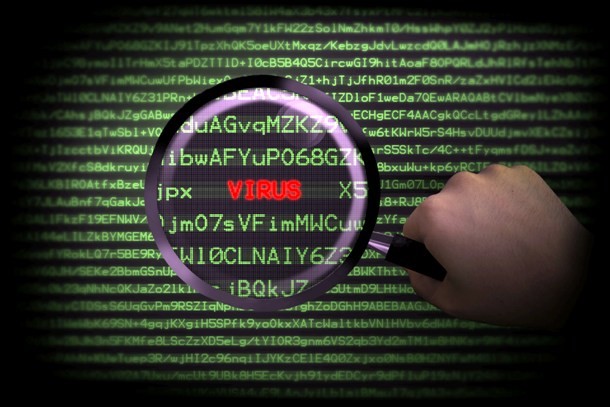 Source: encyclopedia.com, image: commons.wikimedia.org
Source: encyclopedia.com, image: commons.wikimedia.org The typical malicious software author is male between fourteen and twenty-five years of age. Only a few female virus writers have been known so far.
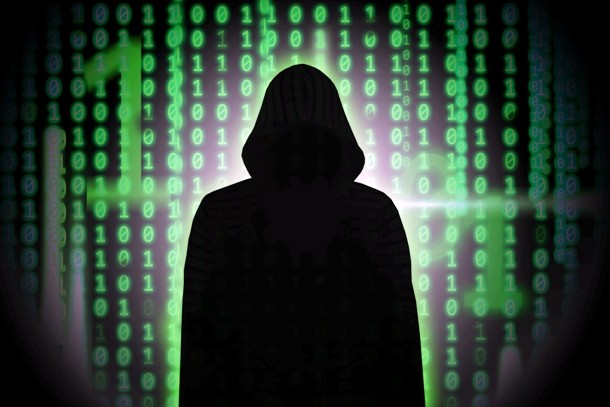 Source: encyclopedia.com, image: commons.wikimedia.org
Source: encyclopedia.com, image: commons.wikimedia.org About 70% of virus writers work under a contract for an organized crime syndicate.
 Source: quora.com, image: flickr.com
Source: quora.com, image: flickr.com Melissa virus (March 1999) was so powerful that it forced Microsoft and many other large companies to turn off their e-mail systems until the virus could be removed completely.
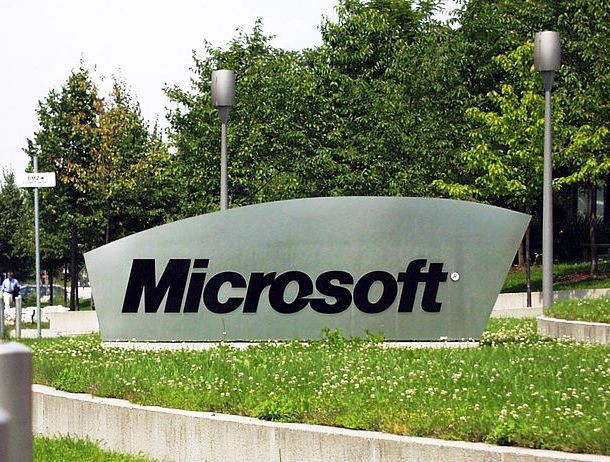 Source: www.seobloggerstips.com, image: commons.wikimedia.org
Source: www.seobloggerstips.com, image: commons.wikimedia.org Before computer networks became widespread, most viruses spread on removable media, particularly floppy disks. In the early days of the personal computer, most users regularly exchanged information and programs on floppies.
 Source: en.wikipedia.org, image: commons.wikimedia.org
Source: en.wikipedia.org, image: commons.wikimedia.org According to the Microsoft Security Intelligence Report and Consumer Reports, 40% of US household are affected by computer viruses.
 Source: brandongaille.com, image: commons.wikimedia.org
Source: brandongaille.com, image: commons.wikimedia.org Amazon.com was the most exploited target for phishing attacks, followed by Apple and eBay.
 Source: visual.ly, image: flickr.com
Source: visual.ly, image: flickr.com Internationally, US is at the highest risk of being attacked by computer viruses, followed by Russia.
 Source: visual.ly, image: en.wikipedia.org
Source: visual.ly, image: en.wikipedia.org Yet, computer virus writing is not considered an illegal act in US. Some other countries are beginning to draft computer crime laws that are far stricter than those in US. In Germany, for instance, mass exchange of computer viruses for any reason is restricted and Finland has recently made writing a computer virus an illegal act.
 Source: encyclopedia.com, image: de.wikipedia.org
Source: encyclopedia.com, image: de.wikipedia.org With the constantly growing number of computer viruses and hackers, new types of computer crimes have been recognized. These days, the so called cybercrime encompasses a broad range of activities such as cyber terrorism, cyber extortion and cyber warfare.
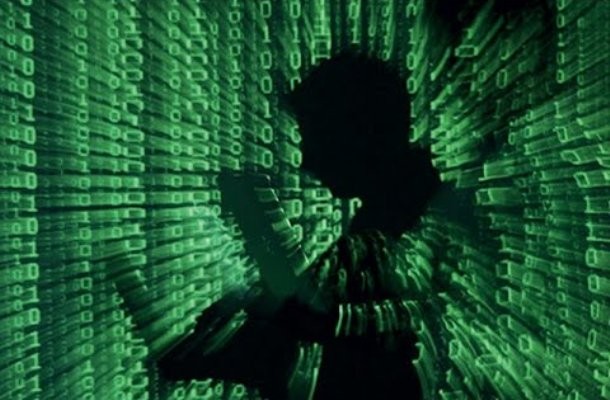 Source: en.wikipedia.org, image: youtube.com
Source: en.wikipedia.org, image: youtube.com These days, over 6,000 new computer viruses are created and released every month.
 Source: techarena.com, image: flickr.com
Source: techarena.com, image: flickr.com The most expensive computer virus of all time was referred to as MyDoom which caused $38 billion in damages. It was fast moving, infecting open networks and every computer with access to it. In 2004, this virus was estimated to impact 25% of all emails.
 Source: brandongaille.com, image: pixabay.com
Source: brandongaille.com, image: pixabay.com It is actually very easy to become a member of Anonymous, the most famous international network of hacking activists. Therefore, only a handful of them are elite hackers capable of exploiting security flaws in computer systems and writing viruses.
 Source: listverse.com, image: commons.wikimedia.org
Source: listverse.com, image: commons.wikimedia.org You cannot get a computer virus by just reading an email. It is only activated when you click a link or open an infected attachment.
 Source: visual.ly, image: commons.wikimedia.org
Source: visual.ly, image: commons.wikimedia.org It is estimated that up to 90% of emails contain some malware.
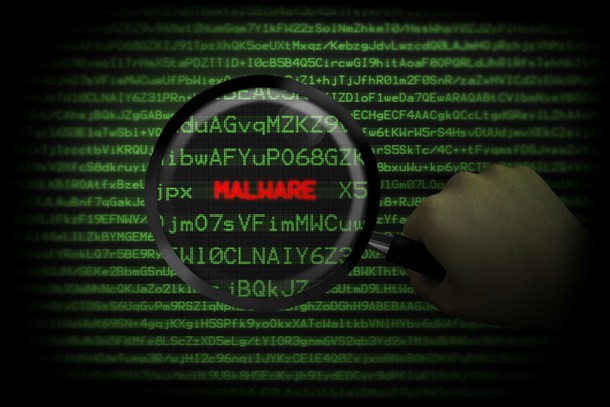 Source: brandongaille.com, image: commons.wikimedia.org
Source: brandongaille.com, image: commons.wikimedia.org By 1990, there were roughly 50 known computer viruses. During the late 1990s, the number of viruses skyrocketed to more than 48,000.
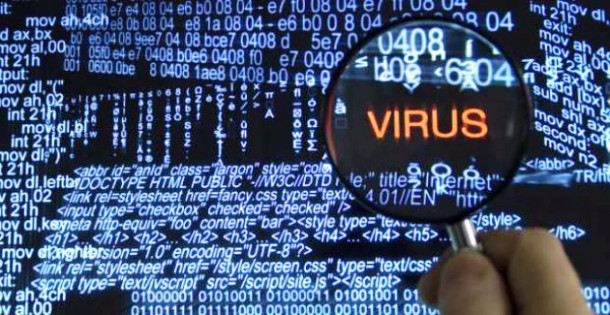 Source: encyclopedia.com, image: youtube.com
Source: encyclopedia.com, image: youtube.com Some virus writers might actually be children who create the viruses to simply test their programming skills.
 Source: visual.ly, image: commons.wikimedia.org
Source: visual.ly, image: commons.wikimedia.org About 32% of all computers in the world (that is almost one in every three computers) are infected with some kind of malware.
 Source: cloudtweaks.com, image: en.wikipedia.org
Source: cloudtweaks.com, image: en.wikipedia.org In order to find their vulnerabilities, Facebook pays $500 to anyone who can hack into their system.
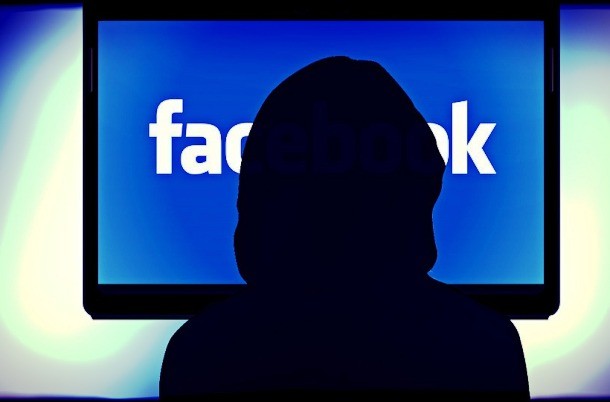 Source: cnn.com, image: pixabay.com
Source: cnn.com, image: pixabay.com Despite maximum effort of computer security researchers and developers, there is currently no existing antivirus software that would be able to uncover all computer viruses.
 Source and image: en.wikipedia.org
Source and image: en.wikipedia.org Viruses can be written in numerous computer programming languages including assembly language, scripting languages (such as Visual Basic or Perl), C, C, Java, and macro programming languages (such as Microsoft's VBA).
 Source: encyclopedia.com, image: pixabay.com
Source: encyclopedia.com, image: pixabay.com The name of the Trojan horse, one of the three basic types of computer viruses, was derived from the Ancient Greek story of the wooden horse that was used to help Greek troops invade the city of Troy by stealth.
 Source: en.wikipedia.org, image: commons.wikimedia.org
Source: en.wikipedia.org, image: commons.wikimedia.org Created by Filipino programmers Reonel Ramones and Onel de Guzman in 2000, the computer worm known as ILOVEYOU or the Love Letter was one of the most virulent computer viruses ever. The virus was estimated to infect up to 10% of the world’s Internet-connected computers back then.
 Source: www.hongkiat.com, image: youtube.com
Source: www.hongkiat.com, image: youtube.com Computer viruses currently cause billions of dollars' worth of economic damage each year, due to causing system failures, wasting computer resources, corrupting data, increasing maintenance cost etc.
 Source: en.wikipedia.org, image: pixabay.com
Source: en.wikipedia.org, image: pixabay.com 


























